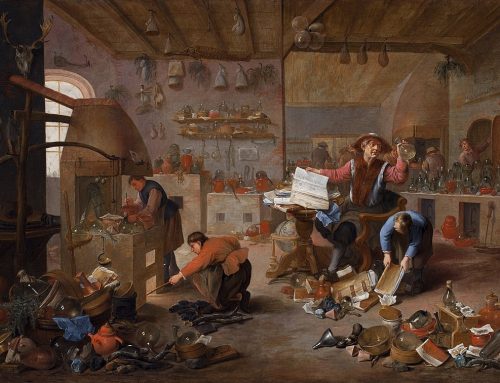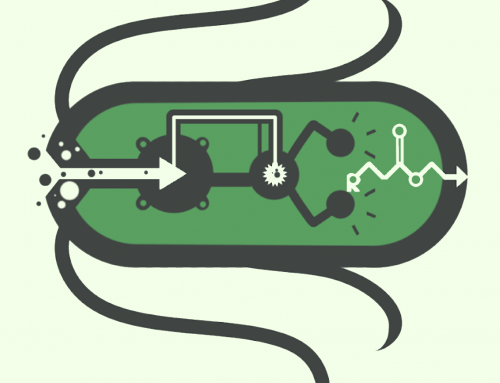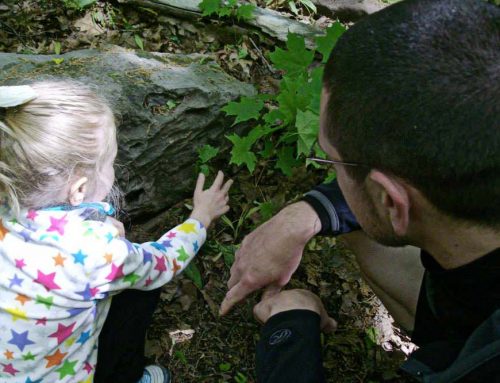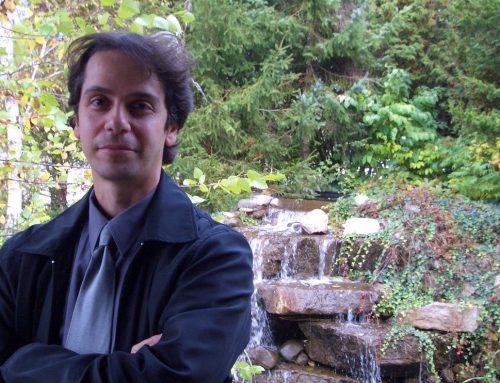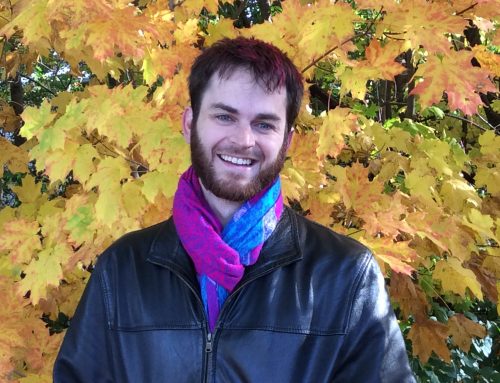Historically, most philosophers and scientists have thought about the distinction between life and non-life as an abrupt one. For vitalists like Driesch life was an irreducible phenomenon, which depended on a new type of force, one of a non-physical nature (an entelechy or a “vis essentialis”). For emergentists like Broad, life depended on the way matter was organized. But for vitalists and emergentists alike, the distinction between living and non-living matter was sharp. Living things were thought to populate a different “ontological stratum” than non-living things.
Today, we understand life in terms of biochemical processes. And we understand these biochemical processes in terms of physico-chemical processes, which in turn obey the same principles that govern inanimate objects. Today, many scientists would argue that the difference between life and non-life is only gradual.
In his TED talk titled “The line between life and non-life
” Martin Hanczyc shows how non-living chemicals can be mixed together to produce new structures which exhibit some of the characteristics of living systems. In the video we see droplets of self-assembled chemicals exhibiting life-like behaviour in a Petri dish, such as “looking for food” in their environment, “dance” around one another, and “replicate” themselves.
This research is interesting for philosophers for at least two reasons: (i) it brings into focus conceptual issues about the definition of life (e.g., how many of life’s characteristics must an artificial system meet before we can call it alive?); and (ii) it is an interesting application of Dennett’s distinction between the design and the intentional stance. If one takes the intentional stance towards these droplets, then are we not legitimized in dropping the quotation marks when we describe their activity in the Petri dish?
Alex Manafu

